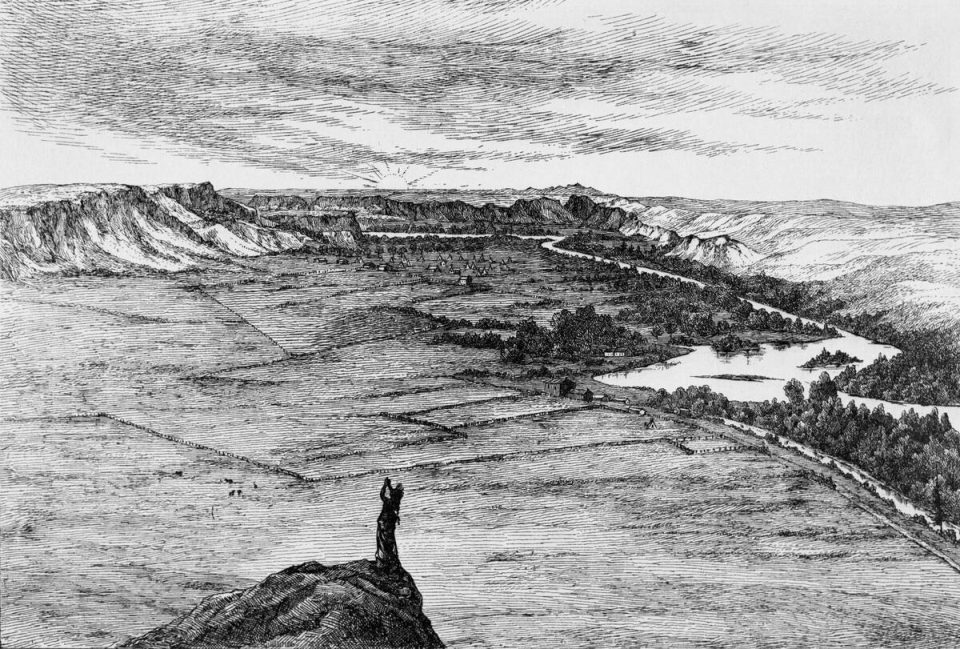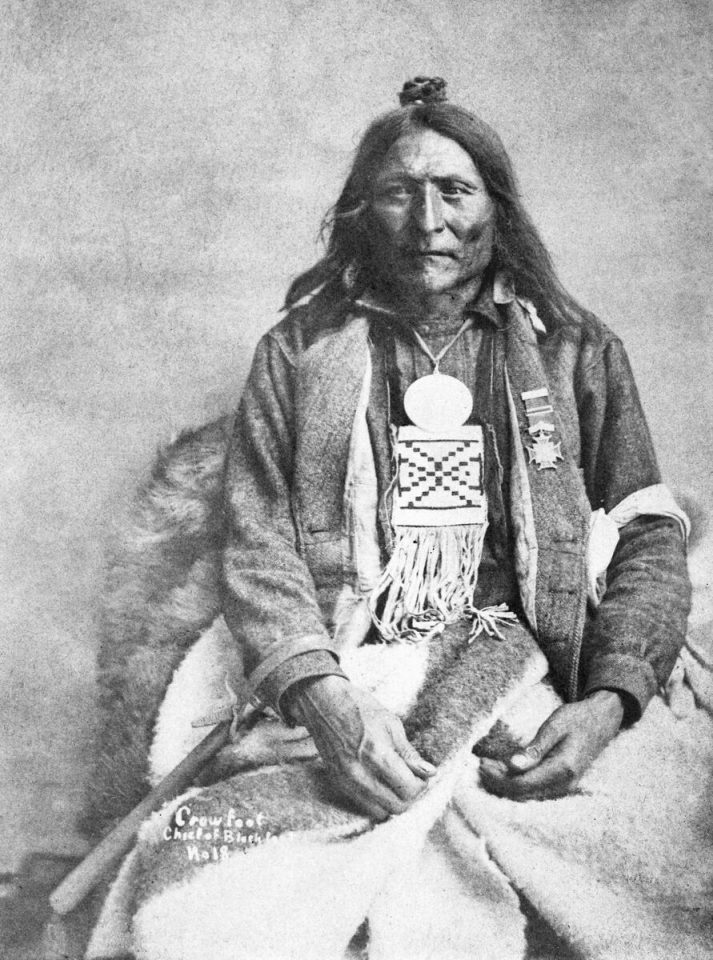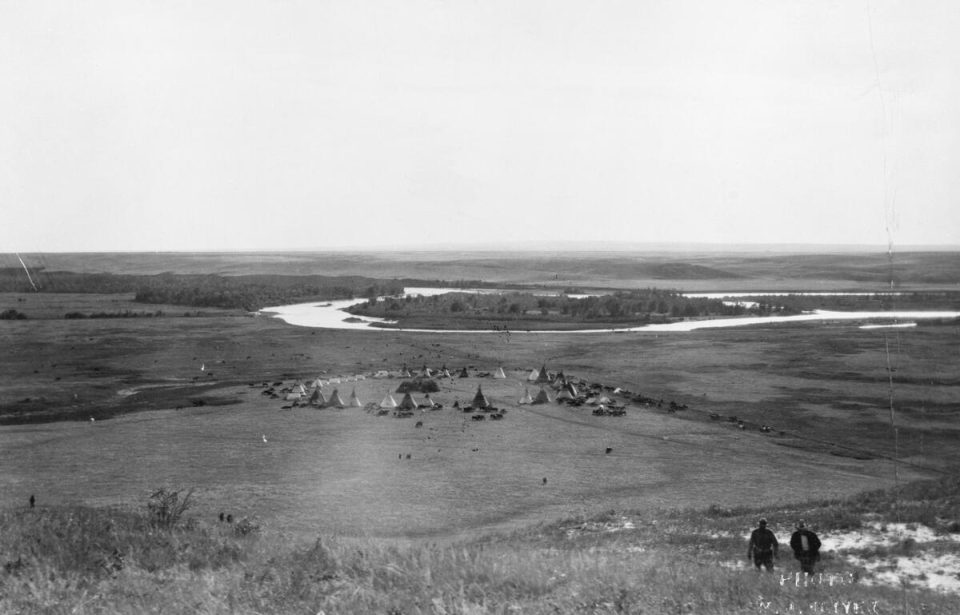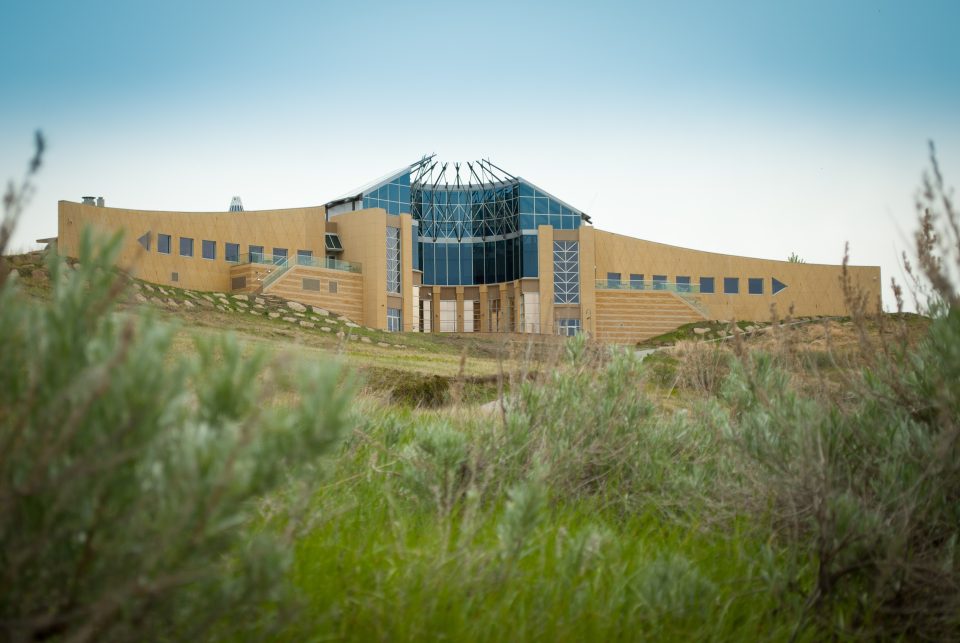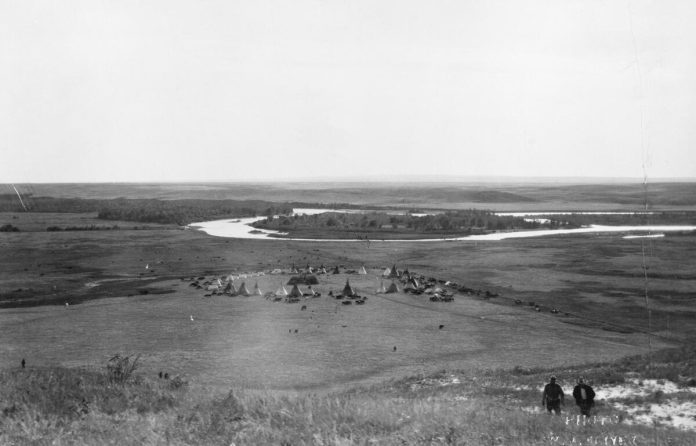by Anthony Imbrogno, a volunteer with The Calgary Heritage Initiative Society/Heritage Inspires YYC
June 21 is not only the summer solstice, the longest day of the year, it’s also National Indigenous Peoples Day. This day was created in 1996 to recognize and celebrate the unique cultures of Indigenous peoples and begins the run up to Canada Day on July 1.
Calgary lies within the traditional territories of the Blackfoot Confederacy. On September 22, 1877, the Crown, represented by the Government of Canada, signed a treaty with five First Nations. The site on which Treaty 7 was signed is called Blackfoot Crossing, a National Historic Site (designated in 1992) and perhaps one of Canada’s next World Heritage sites. The original setting for the signing was to be Fort MacLeod, but a site on traditional Siksika territory was preferred.
The future king, Charles III, visited the site in 1977 to commemorate the 100th anniversary of Treaty 7. This spurned the development of a historical and cultural destination, which opened in 2007. Blackfoot Crossing is located on Siksika Nation along the Bow River, about a one hour and 15-minute drive east of downtown Calgary. It’s a museum and cultural, educational, and entertainment centre, built for the promotion and preservation of the Blackfoot peoples’ language, culture, and traditions.
The centre was designed by Ron Goodfellow, who said that design decisions were intended as metaphors of traditional Blackfoot culture and everyday life. For example, the building entrance contains the Eagle Feather Fan, which represents the sacredness of the eagle in Siksika ceremonies.
Accompanying the centre are monuments to Chiefs Poundmaker and Crowfoot, Tipi Village, hiking trails, and the archaeological remains of earthlodge village. The village is a complex of earthworks: a half-circle moat behind which are eleven circular depressions arranged around a central open area. The site dates to 1740 and is a rare example of a permanent settlement on the prairies.
Blackfoot Crossing is a significant site and part of our region’s history that we all share today. Take a day trip and explore the site where Treaty 7 was signed, visit Chief Crowfoot’s exhibit, and gain an appreciation of the Blackfoot peoples, their culture and history.
